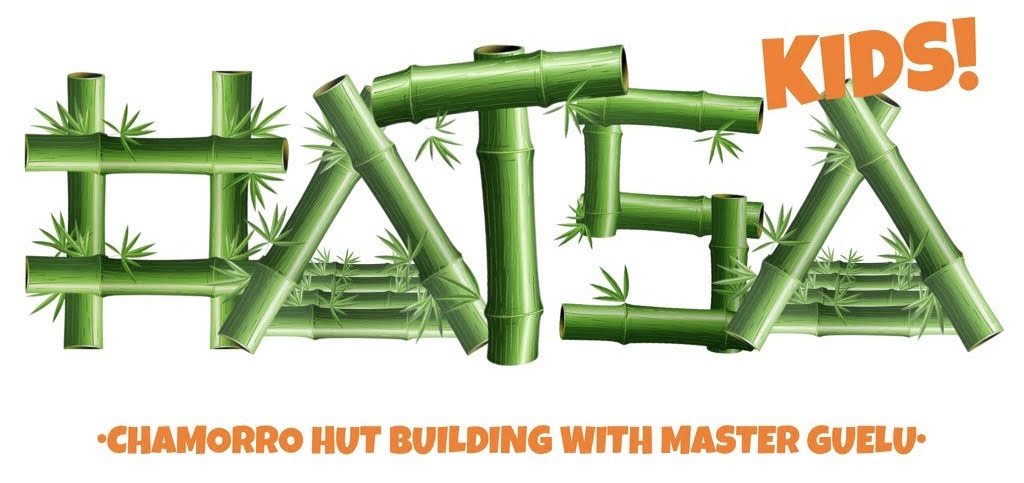As the starting date of the HATSA Kids Hut Building Camp with Master Guelo Rosario fast approaches, the community’s pulse quickens with anticipation. The excitement is palpable, and it’s not just because this is another summer camp. What sets this program apart is its profound connection to Chamorro culture, especially the practice of coconut leaf weaving.
Coconut leaf weaving is more than an artistic or utilitarian craft; it’s the embodiment of the Chamorro way of life. From the shelters our ancestors called home to the mats they rested upon, the clothing they wore, and the tools they crafted for fishing and daily life, coconut leaves were woven into every aspect of existence.
Under the guidance of Master Guelo, a renowned advocate for Chamorro traditions, the children participating in this camp will dive into the world of coconut leaf weaving. They will not only learn the techniques to create practical objects but grasp the profound symbolism behind them.
The importance of coconut leaves in Chamorro culture cannot be overstated. Let’s explore how:
- Roofs: Traditional Chamorro huts were roofed with expertly woven coconut leaves, designed to withstand torrential rains and tropical heat. Master Guelo will guide the young builders in understanding how this weaving technique is not just about shelter but represents resilience and harmony with nature.
- Mats: The art of weaving coconut leaves into mats has been passed down through generations. These mats, used for seating or sleeping, symbolize communal living, hospitality, and warmth. The children will learn to appreciate the aesthetics and functionality that these mats bring to daily life.
- Clothing: The weaving of coconut leaves into clothing showcases the creativity and resourcefulness of Chamorro culture. Traditional garments were not just about adornment but told stories and identified status and roles within the community.
- Fishing Tools: Fishing is an integral part of Chamorro heritage. The craft of weaving coconut leaves into fishing tools like nets and traps demonstrates a deep understanding of the marine environment and a sustainable approach to utilizing its resources.
- And Much More: From baskets to ceremonial adornments, the applications of coconut leaf weaving are vast. Each woven piece carries with it the wisdom, history, and identity of the Chamorro people.
The HATSA Kids Hut Building Camp offers an immersive experience, connecting children to these rich traditions. As they weave coconut leaves, they are weaving the stories of their ancestors, maintaining a living link to their heritage.
We cannot overstate how eagerly we look forward to the launch of this incredible camp. It’s not just about learning a skill; it’s about embracing a legacy, understanding the soul of our culture, and carrying it forward with pride.
The camp is a step towards ensuring that the art of coconut leaf weaving and the invaluable lessons it imparts do not fade into history but continue to thrive in the hearts and hands of our children.
Join us in this journey of cultural celebration and enrichment. To be a part of this exciting venture, register at HatsaKids.com. Together, we’ll weave a future that honors our past. Biba Chamorro! 🌴


